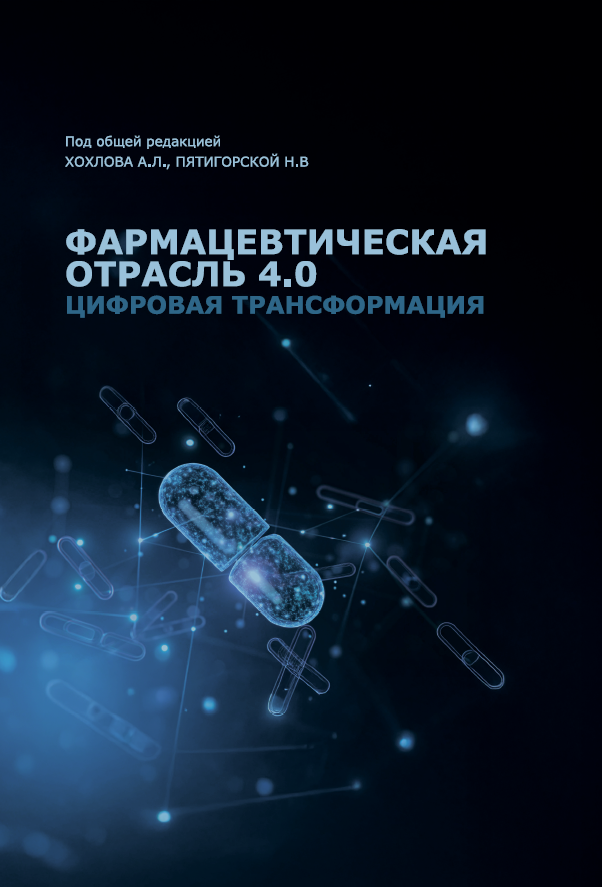Modern approaches to the treatment of patients with severe burn injuries
https://doi.org/10.37489/2588-0519-2025-3-106-110
EDN: KLHAQW
Abstract
Introduction. Severe burn injuries represent a critical medical condition associated with high mortality rates, primarily due to septic complications. Modern combustiology requires integrated approaches aimed at improving survival and reducing infection risks.
Objective. To analyze contemporary strategies and innovations in the treatment of patients with severe burns, focusing on systemic therapy and local wound management.
Materials and methods. A literature review of recent scientific publications and clinical studies was conducted, covering aspects of antibacterial therapy, immunomodulation, and the use of advanced wound dressings and skin substitutes.
Results. Key directions in managing severe burns include early systemic antibiotic therapy targeting resistant pathogens (e. g., Pseudomonas aeruginosa, MRSA) and selective intestinal decontamination to prevent bacterial translocation. Immunomodulation with immunoglobulins and colony-stimulating factors enhances host defense mechanisms. Local treatment benefits from innovative methods such as silver-based antimicrobial dressings, bioengineered skin substitutes, fish skin grafts, and techniques like hydrosurgical debridement, negative pressure wound therapy, and photodynamic therapy. These approaches collectively accelerate wound healing, reduce bacterial load, and minimize scarring.
Conclusion. A comprehensive treatment strategy, combining early antibiotic therapy, intestinal decontamination, immunomodulation, and advanced local wound care, significantly improves outcomes for patients with severe burns. Future perspectives involve the further development of cell-based therapies and regenerative medicine to enhance skin recovery.
About the Authors
N V. TeplovaRussian Federation
Natalia V. Teplova — Dr. Sci. (Med.), Professor, Head of the Department of Clinical Pharmacology named after Yu. B. Belousovv
Moscow
Competing Interests:
The authors declare no conflict of interest
O. S. Gerasimova
Russian Federation
Olga S. Gerasimova — assistant of the Department of Clinical Pharmacology named after Yu. B. Belousov
Moscow
Competing Interests:
The authors declare no conflict of interest
O. S. Zaks (Uvarova)
Russian Federation
Olga S. Zaks(Uvarova) — postgraduate student of the Department of Clinical Pharmacology named after Yu. B. Belousov
Moscow
Competing Interests:
The authors declare no conflict of interest
References
1. Agadjanova KV. Modern methods of treatment of complex burns. Medicine. Sociology. Philosophy. Applied research. 2019 (6): 16-18 (In Russ.).
2. Marchenko D. N. Improving surgical treatment methods in combustiology using vacuum therapy: dis. candidate of medical sciences. - Krasnodar, 2022. - 178 p. (In Russ.).
3. Zhilinsky EV. Complex method of medical prophylaxis of sepsis in burns disease. Bulletin of Vitebsk State Medical University. 2017;16(4):48-57. (In Russ.).
4. Zhilinsky EV. Prediction of sepsis in burn disease. Polytrauma. 2017;16(4):48-57. (In Russ.).
5. Kirov M. Yu., Kuzkov V. V., Protsenko D. N., et al. B. Septic shock in adults: clinical recommendations of the All-Russian Public Organization “Federation of Anesthesiologists and Resuscitators”. Vestnik Intensive Therapy named after A. I. Saltanov. 2023;(4):7-42. (In Russ.). DOI: 10.21320/1818-474X-2023-4-7-42.
6. Barsuk AL, Lovtsova LV, Nekaeva E. S., Sorokina Y. A. Current status and prospects of antibiotic prophylaxis in patients with burn injury. Saratov Scientific Medical Journal. 2019;(1):108-113 (In Russ.).
7. Ramos G, Cornistein W, Cerino GT, Nacif G. Systemic antimicrobial prophylaxis in burn patients: systematic review. J Hosp Infect. 2017 Oct;97(2):105-114. doi: 10.1016/j.jhin.2017.06.015.
8. Houschyar KS, Tapking C, Duscher D, et al. Antibiotikatherapie von Infektionen bei Verbrennungspatienten – Eine systematische Übersichtsarbeit [Antibiotic treatment of infections in burn patients - a systematic review]. Handchirurgie, Mikrochirurgie, plastische Chirurgie : Organ der Deutschsprachigen Arbeitsgemeinschaft fur Handchirurgie : Organ der Deutschsprachigen Arbeitsgemeinschaft fur Mikrochirurgie der Peripheren Nerven und Gefasse : Organ der V. (2019;51(2):111–118. https://doi.org/10.1055/a-0802-8882.
9. Tagami T, Matsui H, Fushimi K, Yasunaga H. Prophylactic Antibiotics May Improve Outcome in Patients With Severe Burns Requiring Mechanical Ventilation: Propensity Score Analysis of a Japanese Nationwide Database. Clin Infect Dis. 2016 Jan 1;62(1):60-6. doi: 10.1093/cid/civ763.
10. Bahemia IA, Muganza A, Moore R, Sahid F, Menezes CN. Microbiology and antibiotic resistance in severe burns patients: A 5 year review in an adult burns unit. Burns. 2015 Nov;41(7):1536-42. doi: 10.1016/j.burns.2015.05.007.
11. Branski LK, Al-Mousawi A, Rivero H, et al. Emerging infections in burns. Surg Infect (Larchmt). 2009 Oct;10(5):389-97. doi: 10.1089/sur.2009.024.
12. Nunez Lopez O, Cambiaso-Daniel J, Branski LK, et al. Predicting and managing sepsis in burn patients: current perspectives. Ther Clin Risk Manag. 2017 Aug 29;13:1107-1117. doi: 10.2147/TCRM.S119938.
13. Radzikowska-Büchner E, Łopuszyńska I, Flieger W, et al. An Overview of Recent Developments in the Management of Burn Injuries. Int J Mol Sci. 2023 Nov 15;24(22):16357. doi: 10.3390/ijms242216357.
14. Rowan MP, Cancio LC, Elster EA, et al. Burn wound healing and treatment: review and advancements. Crit Care. 2015 Jun 12;19:243. doi: 10.1186/s13054-015-0961-2.
15. Sarhan WA, Azzazy HM. Apitherapeutics and phage-loaded nanofibers as wound dressings with enhanced wound healing and antibacterial activity. Nanomedicine (Lond). 2017 Sep;12(17):2055-2067. doi: 10.2217/nnm-2017-0151.
Review
For citations:
Teplova N.V., Gerasimova O.S., Zaks (Uvarova) O.S. Modern approaches to the treatment of patients with severe burn injuries. Kachestvennaya Klinicheskaya Praktika = Good Clinical Practice. 2025;(3):106-110. (In Russ.) https://doi.org/10.37489/2588-0519-2025-3-106-110. EDN: KLHAQW
















































